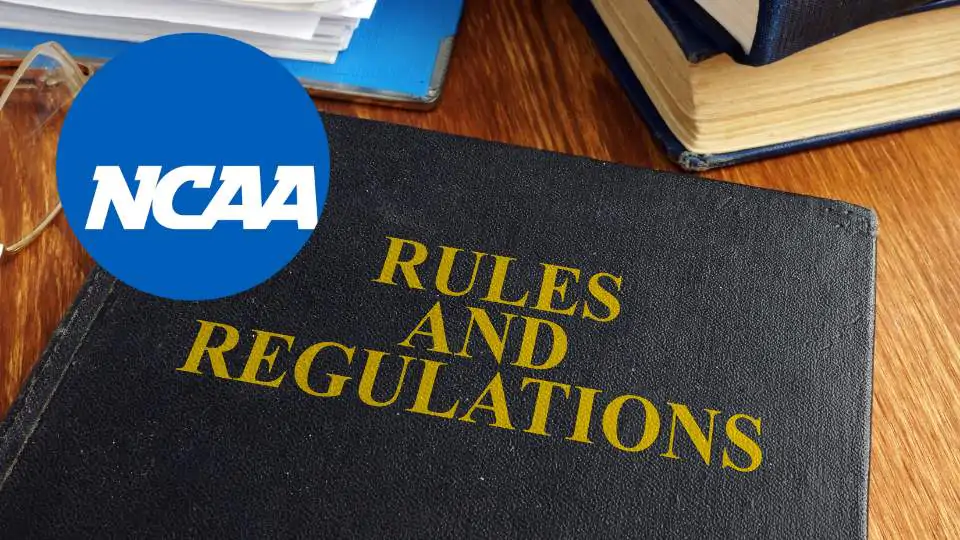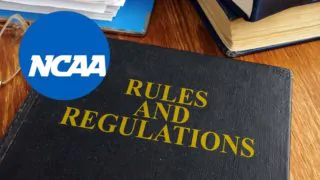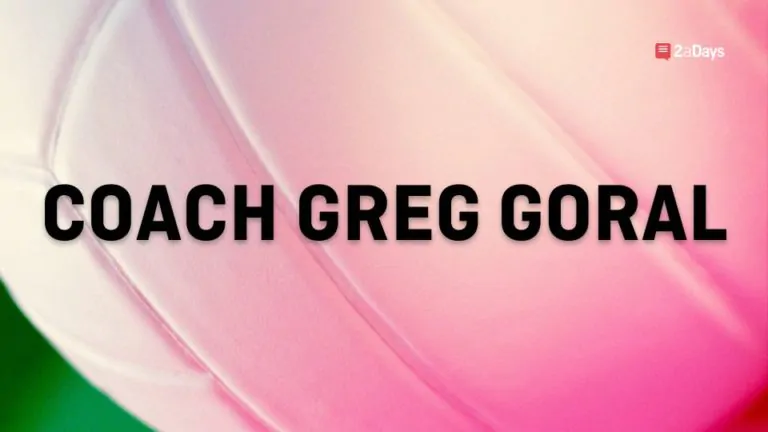The college sports landscape has seen its share of change over the past couple of years, mainly due to conference realignment and the arrival of the NCAA's name, image and likeness (NIL) policy.
More changes are on the way. Earlier this month, the NCAA Division I Council met to discuss a number of initiatives affecting student-athletes. One proposal that was adopted requires athletes be given more of a voice in decision-making at the school and conference levels. This new policy will take effect in August.
Related: Feeling Burned? 3 Lessons Rejection Teaches Athletes in the Recruiting Process
The Council also endorsed an initiative that would increase benefits for college athletes including funds for degree completion, increased access for medical coverage related to injuries and expanded support for mental health services. This proposal would need approval from the NCAA Board of Directors before it can be adopted.
But the most sweeping changes occurred in the area of recruiting, specifically regarding visits to Division I schools. Here's a quick rundown of the new rules, which will take effect July 1:
- Prospects will no longer be limited to the number of official visits they can make to NCAA schools.
- Prospects will be limited to one official visit per school, unless there is a head coaching change after an official visit has taken place. In such cases, a recruit is allowed an additional official visit.
- In men's basketball, prospects may still complete a second official visit to the same school, as long as those visits don't occur in the same calendar year.
- Coaches may now contact recruits beginning June 15 after their sophomore year of high school, moved up from Sept. 1 of their junior year.
Official and Unofficial Visits
So what's the difference between an official visit and an unofficial one?
According to the NCAA, an official visit occurs when any part of that visit is paid for by the school. If athletes or their parents pay to visit a campus, it's considered an unofficial visit. Prior to the new rules, a prospect could only make a total of five visits to Division I schools. Now there is no limit, with the rule allowing only one visit per school remaining the same. Visits may last no longer than a two-night stay. Schools are allowed to cover travel costs, transportation, meals and reasonable entertainment for up to two family members accompanying a prospect.
Related: Recruiting FAQ: Overnight Visits
Pros and Cons
The new rules certainly give high school student-athletes opportunities to visit more schools if they choose. This may be of particular benefit for recruits who are undecided on a school and can therefore visit as many as they wish.
However, if they are on the fence about a particular school after one official visit, they would have to foot the bill for unofficial visits moving forward. One might also argue that if a school doesn't wow a recruit on one official visit, the chances of landing him or her go down significantly.
The changes could also help schools who find it difficult to get athletes outside the major recruiting hotbeds. According to CBS Sports, 51 percent of the University of Oregon's football recruits came from outside the Pacific Time Zone. The new rules will make it easier for schools to get more players on campus.
Schools with well-financed athletic budgets could have an advantage over smaller ones thanks to the changes. According to NCAA records obtained by USA Today, Georgia's football program spent 4.51 million on recruiting during the 2022 fiscal year, almost double the amount spent in 2017. That's also at least double the amount spent by 45 of the 51 public schools in Power Five conferences. The new rules would allow programs like Georgia to give visits to even more recruits.
There's also a concern these changes could have a negative impact on HBCU's. As noted by HBCU Sports, schools in Division I conferences like the MEAC and SWAC will now have fewer chances to make a good first impression. Coaches and their staffs at such schools will have to work even harder to attract and hold the attention of prospective recruits.
As conference realignment and NIL continue to evolve and the NCAA modernizes its position on recruiting and other issues, there will likely be more changes to come.
Some prospects find the recruiting process overwhelming; others embrace the challenge. Either way, it's important to get the facts from trusted advisers, and investigate each school thoroughly before making a commitment.
Have an idea for a story or a question you need answered? Want to set up an interview with us? Email us at [email protected]
* Originally published on May 8, 2023, by Stephen Kerr







